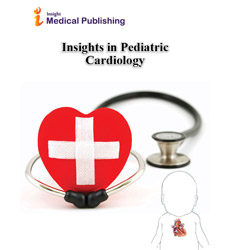Abstract
Impact of opium use on the conventional coronary artery risk factors among outpatients in Afghanistan: a Cross-Sectional Study in Andkhoy City.
BBackground: According to a recent study, opium use like other risk factors, can be considered as an independent risk factor for CAD. Its association with other risk factors increases the risk of CAD. However, debate continues about this association. Therefore, the aim of this study is to explore the association between the conventional CAD risk factors and opium use among patients visiting an outpatient clinic in Andkhoy, Afghanistan. Methods: The case-control study was performed on 574 consecutive patients aged 18 years and above including 161 opium addicts and (case group) and 413 non-addicts (control group) from October 2017 to April 2018. Results: There were 277 males (48.3%) and 297 females (51.7%). The mean age was 53.2 (±13.1) for opium users and 53.9 (±13.5) for non-opium users. Opium use was associated with male gender (OR=8.2, 95% CI: 4.2-16.0), smoking (OR=9.0, 95% CI: 4.7-17.3), decreased FBS levels (OR=1.0, 95% CI: 1.0-1.1), decreased total cholesterol levels (OR=3.4, 95% CI:1.8-6.2), physical inactivity (OR=3.9, 95% CI: 2.1-7.2), and hypertension (OR=15.1 95% CI: 6.7-33.8). Conclusions: We found that the opium use was associated with male gender, smoking, hypertension, the decreased serum total cholesterol levels and decreased FBS levels. However, the association between opium use and hypertension, the decreased serum total cholesterol levels and decreased FBS levels may be due to short-term hormonal and neural effects.
Author(s):
Abstract | PDF
Share this

Google scholar citation report
Citations : 5
Insights in Pediatric Cardiology received 5 citations as per google scholar report
Insights in Pediatric Cardiology peer review process verified at publons
Abstracted/Indexed in
- Google Scholar
- Secret Search Engine Labs
Open Access Journals
- Aquaculture & Veterinary Science
- Chemistry & Chemical Sciences
- Clinical Sciences
- Engineering
- General Science
- Genetics & Molecular Biology
- Health Care & Nursing
- Immunology & Microbiology
- Materials Science
- Mathematics & Physics
- Medical Sciences
- Neurology & Psychiatry
- Oncology & Cancer Science
- Pharmaceutical Sciences

